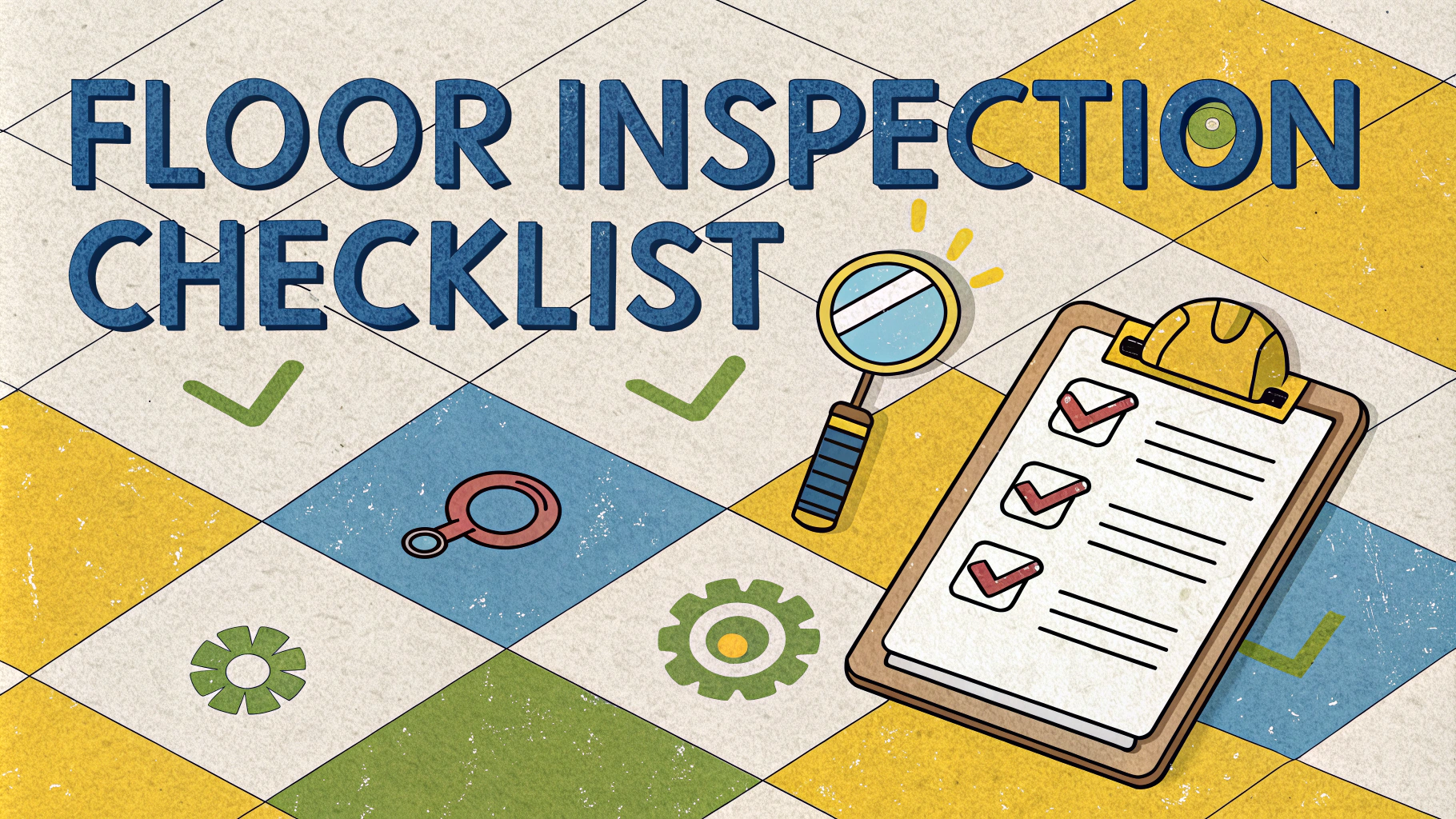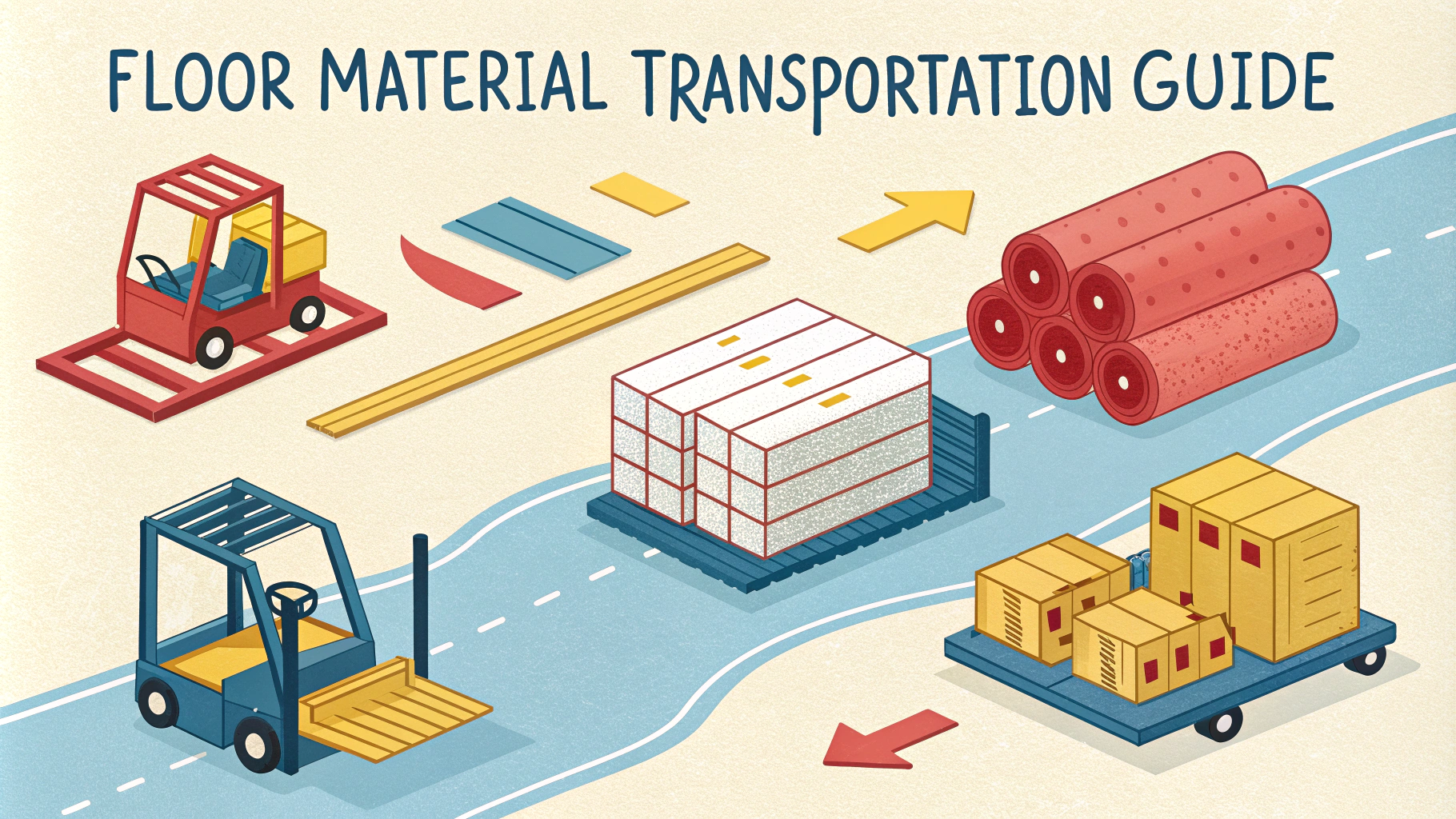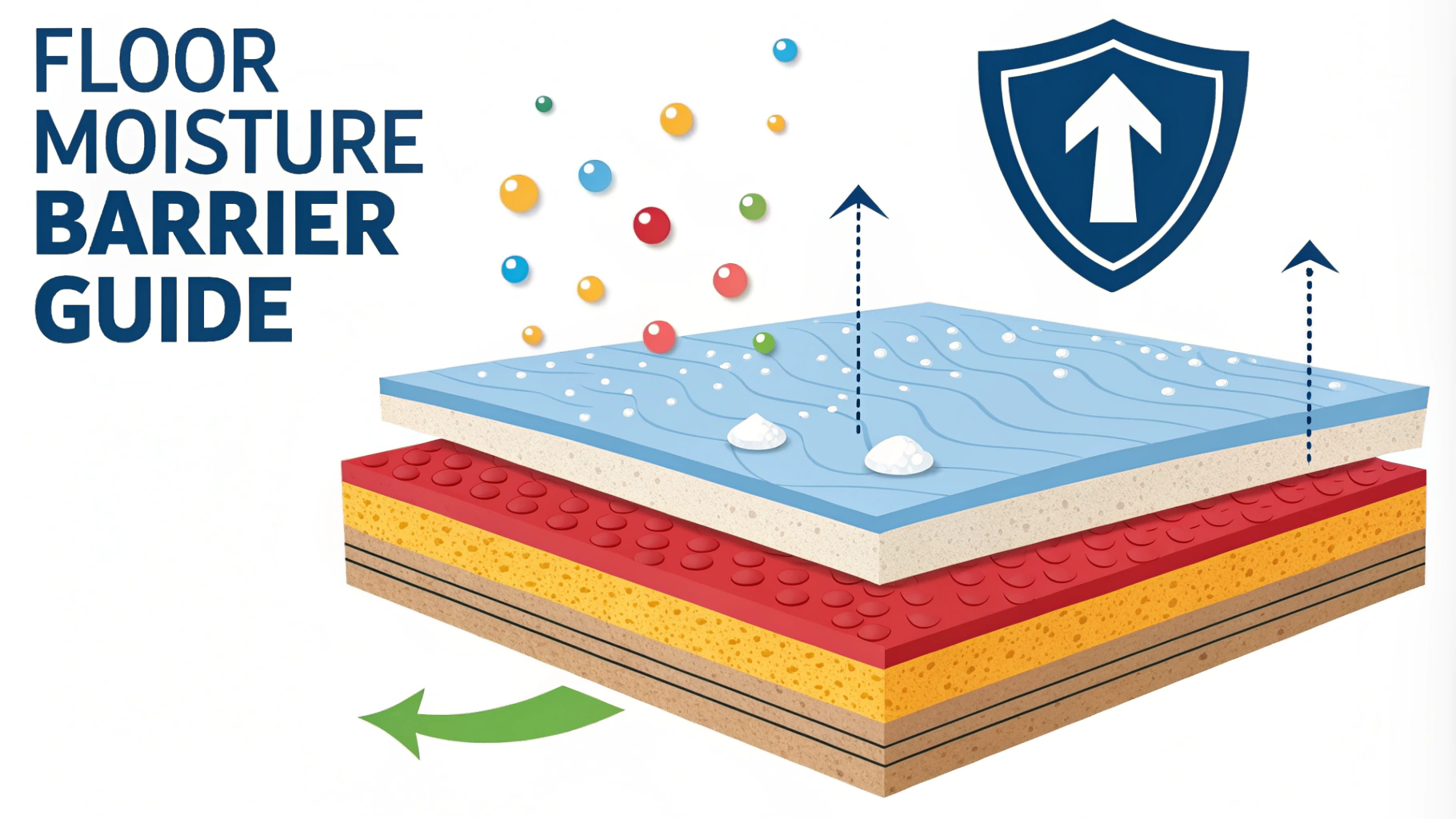Floor polish adds shine and protection to various flooring materials while extending their lifespan through proper maintenance.
Understanding different polish types helps select the right product for specific flooring materials and desired outcomes.
This guide explores common floor polish types, their applications, and best practices for achieving professional-looking results.
Types of Floor Polish
- Wax-Based Polish: Traditional polish made from natural or synthetic waxes, ideal for hardwood floors
- Acrylic Polish: Durable synthetic coating suitable for vinyl, linoleum, and sealed stone
- Polyurethane Polish: Heavy-duty finish for high-traffic commercial areas
- Water-Based Polish: Low-VOC option safe for most flooring types
Matching Polish to Floor Type
| Floor Material | Recommended Polish Type |
|---|---|
| Hardwood | Wax-based or specialized wood polish |
| Vinyl/LVT | Acrylic or water-based |
| Natural Stone | Stone-specific polish |
| Laminate | Avoid polish – use specialized cleaners only |
Application Tips
- Clean thoroughly before applying polish
- Work in small sections (3×3 feet)
- Use microfiber applicators for even coverage
- Allow each coat to dry completely (typically 30-60 minutes)
- Apply thin, even coats rather than one thick layer
Maintenance Schedule
High-traffic areas need polish renewal every 3-4 months.
Residential spaces typically require reapplication every 6-12 months.
Regular cleaning between polishing extends finish longevity.
Common Mistakes to Avoid
- Using the wrong polish type for your flooring
- Skipping proper floor preparation
- Applying polish on damaged or unsealed surfaces
- Using too much product
- Walking on floors before completely dry
Professional vs DIY Application
Professional services offer expertise and specialized equipment for large areas or premium flooring.
DIY application works well for residential spaces with proper preparation and technique.
Safety Considerations
- Ensure proper ventilation during application
- Wear protective gloves and non-slip footwear
- Keep children and pets away until completely dry
- Store polish in a cool, dry place away from direct sunlight
Next Steps for Floor Care
Contact a flooring professional for specific advice about your floor type (National Wood Flooring Association Directory).
Purchase appropriate cleaning tools and maintain a regular maintenance schedule.
Document your polishing schedule and results to optimize future applications.
Environmental Impact
Modern floor polishes increasingly focus on eco-friendly formulations with reduced environmental impact.
- Look for biodegradable ingredients
- Choose low-VOC or zero-VOC products
- Consider refillable containers
- Dispose of materials properly
Cost Considerations
Initial Investment
- Professional equipment: $100-300
- Quality polish: $30-80 per gallon
- Application tools: $20-50
Long-term Value
- Extended floor life
- Reduced replacement costs
- Lower maintenance expenses
Troubleshooting Common Issues
- Streaking: Reduce product amount, ensure even application
- Cloudy finish: Clean surface thoroughly before reapplication
- Peeling: Remove old polish completely before new application
- Bubbles: Apply thinner coats, avoid shaking product
Maximizing Floor Protection and Beauty
Regular maintenance with appropriate polish protects your investment while maintaining aesthetic appeal.
Establish a consistent care routine based on traffic patterns and flooring type.
Keep detailed maintenance records to optimize your floor care strategy and preserve your flooring’s natural beauty for years to come.
FAQs
- What are the main types of floor polish available?
Water-based acrylic, solvent-based polyurethane, paste wax, and liquid wax are the main types of floor polish, each designed for specific flooring materials. - How often should I polish my hardwood floors?
Hardwood floors should be polished every 3-4 months, with high-traffic areas potentially needing more frequent attention to maintain protection and shine. - Can I use the same polish on all types of flooring?
No, different flooring materials require specific polishes. Using the wrong type can damage your floors. For example, vinyl floors need water-based polish, while hardwood often requires wax or oil-based products. - How long should I wait before walking on newly polished floors?
Wait at least 24 hours before regular foot traffic, though water-based polishes may dry faster. Heavy furniture should not be replaced for 72 hours. - What’s the difference between floor polish and floor wax?
Polish typically contains synthetic materials and creates a protective layer on top of the floor, while wax penetrates the floor’s surface and provides a more natural finish. - How do I prepare my floor before applying polish?
Clean thoroughly, remove all old polish or wax residue, repair any damage, ensure the floor is completely dry, and vacuum or sweep to remove all dust particles. - Which floor polish is best for commercial spaces?
High-solids acrylic floor polish is typically best for commercial spaces as it’s more durable, provides better scratch resistance, and can withstand heavy foot traffic. - What are the signs that my floor needs repolishing?
Visible scuff marks, dull or cloudy appearance, uneven shine, visible wear patterns in high-traffic areas, and reduced water resistance indicate it’s time to repolish. - How should I maintain polished floors between applications?
Regular dust mopping, prompt spill cleanup, using manufacturer-recommended cleaners, and avoiding harsh chemicals will help maintain polished floors. - Can floor polish help hide scratches?
While floor polish can help minimize the appearance of minor scratches and scuffs, deep scratches should be repaired before applying polish.







